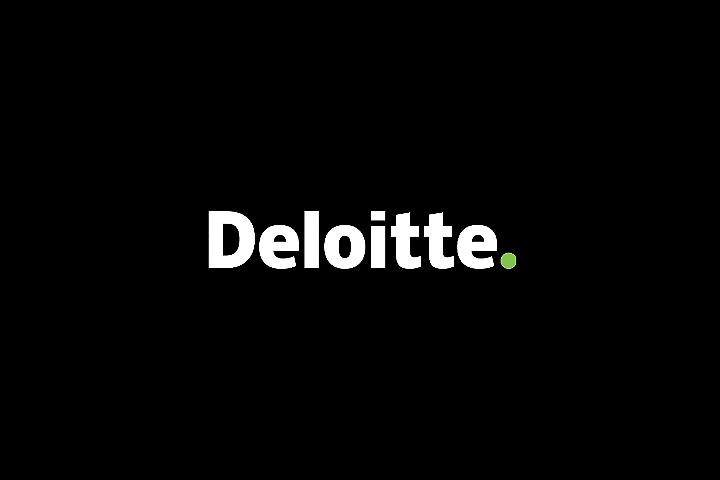The ability to attract younger customers, fund green home loans with cheaper debt and hold lower credit provisions makes a compelling financial rationale for lenders to compete in this market, as they are starting to do. To be successful at appropriate scale, three hurdles need to be addressed:
1. Customer engagement
We are in a period of transition as climate thinking progressively becomes mainstream.
Limited green home loan products are currently available in the market and lack widespread knowledge or adoption. Existing products are typically restricted to customers who are either purchasing or building new homes aligned with modern energy ratings or scorecards, or who undertake significant effort to meet detailed verification criteria – making them unavailable for many borrowers purchasing or refinancing an existing home.
These strategies will support customers today who both want to lower their household emissions and have the financial resources to do so. The key challenge for lenders will be how they increase engagement, growing the market by encouraging and helping less climate-sensitive homeowners to lower their emissions profiles.
2. Channel management
Around two thirds of new residential home loans are facilitated through third party mortgage brokers. Lenders developing new sustainability-linked home loan products will need to work with the mortgage broking industry to develop systems and processes to support enhanced data collection requirements and to raise customer awareness.
3. Data
Australian Lenders have been restricted in their ability to meet the growing market appetite for green home loans by a lack of accessible, quality data to measure household carbon emissions accurately and seamlessly, at scale.
A recent government initiative to promote low emissions housing in Australia, the Nationwide House Energy Rating System (NatHERS), is welcome and can be used to support the green home lending market in alignment with green or sustainability-linked debt standards, however it is currently only available for new homes and major renovations. While the government joint initiative has announced plans to expand NatHERS to established homes in late 2023, it is expected to remain voluntary and will require a specialist on-site energy assessment.
With similar energy ratings having been implemented in Europe and the UK, a known limitation of an upfront qualitative rating system such as NatHERS is its inability to monitor home energy performance on an ongoing basis or to measure the level of reduction in an existing household’s emissions from investment in energy-efficient appliances or improvements. NatHERS does not, for instance, update when a home is renovated, and this limitation can impact on its utility to verify the eligibility of existing homes for green and sustainability-linked debt funding on an ongoing basis.
In the meantime, lenders are starting to engage with Australia’s retail energy suppliers to obtain more regular and granular information about residential property-related energy consumption. Such data must be validated and matched to the lenders’ existing collateral management systems, and the analysis can rapidly become complex for multi-occupancy dwellings such as inner-city apartment buildings. That said, the early efforts to build an ecosystem of data suppliers marks an encouraging step towards delivering the necessary reduction in Australia’s household carbon emissions.




